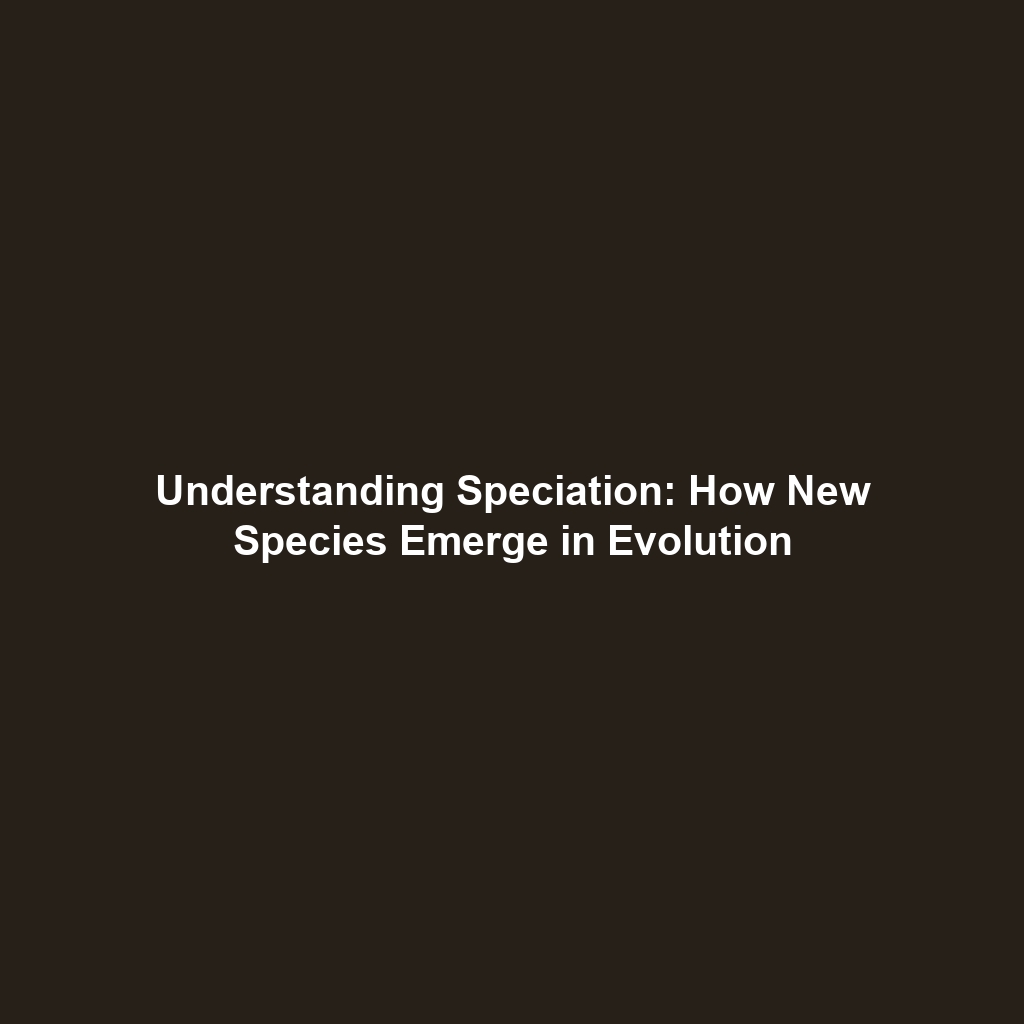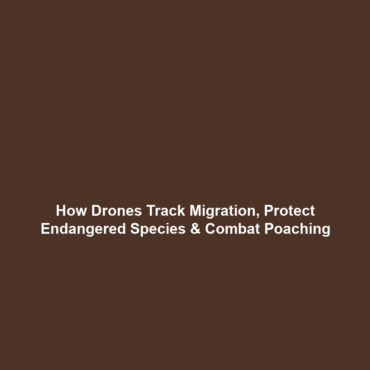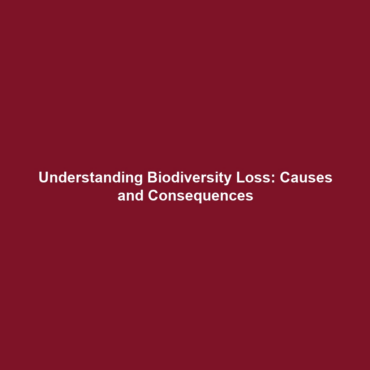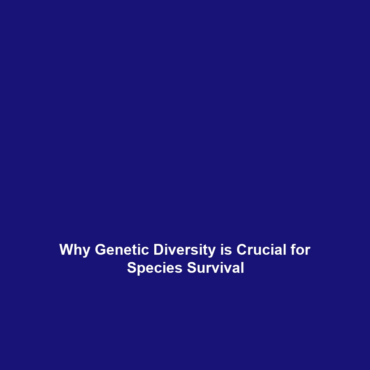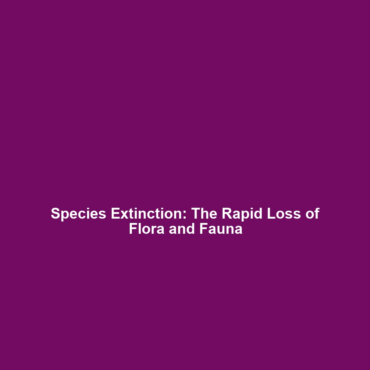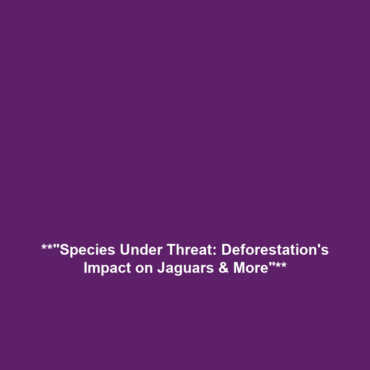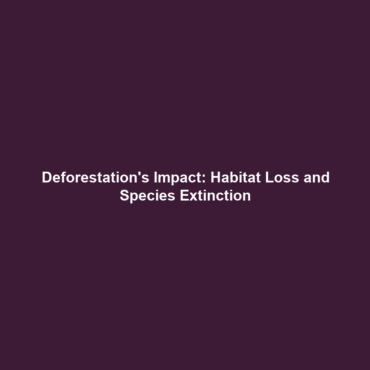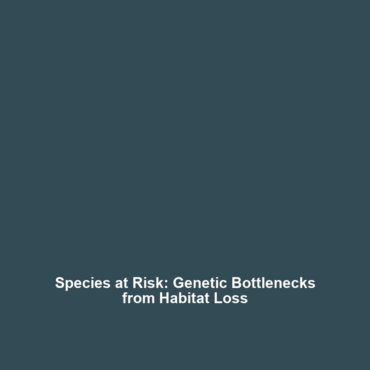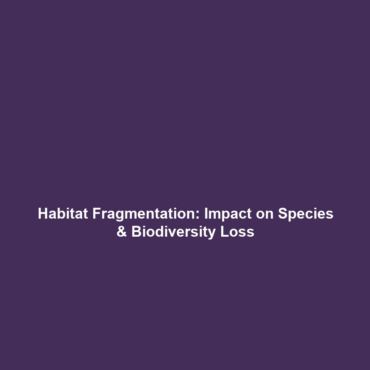Speciation: How New Species Arise through Evolutionary Divergence
Introduction
Speciation is a fundamental biological process through which new species arise, significantly shaping the course of human evolution. Understanding how new species develop through evolutionary divergence is crucial for comprehending the history of life on Earth, including our own lineage. By examining mechanisms such as natural selection, genetic drift, and geographic isolation, researchers can unravel the complexities of human evolution and make connections to contemporary biodiversity.
Key Concepts
The Process of Speciation
Speciation generally occurs in two main forms: allopatric and sympatric speciation. Allopatric speciation involves the physical separation of populations leading to reproductive isolation. Conversely, sympatric speciation occurs without geographic barriers, often driven by behavioral differences or resource competition.
Evolutionary Divergence
Evolutionary divergence refers to the processes by which groups of organisms evolve different traits, resulting in the emergence of new species. Important mechanisms driving divergence include:
- Natural Selection: Favoring traits that improve survival and reproduction.
- Genetic Drift: Random changes in allele frequencies, particularly in small populations.
- Mutation: Introduction of novel traits through genetic changes.
Applications and Real-World Uses
The concept of speciation has practical applications in various fields. For instance:
- Conservation Biology: Understanding speciation helps in preserving biodiversity and protecting endangered species.
- Medicine: Insights from speciation can inform public health measures, particularly in understanding disease vectors’ evolutionary history.
- Agriculture: Speciation knowledge aids in the development of crop strains that are more resilient to pests and environmental changes.
These applications demonstrate how speciation is used in human evolution, impacting ecosystems and human health.
Current Challenges
Despite advancements in our understanding of speciation, challenges remain:
- Data Limitations: Inadequate fossil records hinder our ability to trace speciation events effectively.
- Complex Interactions: Interrelated factors affecting divergence can complicate interpretations.
- Rapid Environmental Changes: Ongoing climate change impacts species’ adaptability and stability.
Future Research and Innovations
Future research in speciation holds promise for revealing new insights into human evolution. Innovations may include:
- Genomic Technologies: Advanced genetic sequencing can provide deeper insights into evolutionary relationships.
- CRISPR and Gene Editing: These technologies may help scientists understand genetic changes contributing to speciation.
- Ecological Modeling: Simulating environmental impacts on speciation can aid predictions regarding future evolutionary paths.
Conclusion
Speciation, as a process of evolutionary divergence, is crucial for understanding the emergence of new species and its relevance to human evolution. Continued research in this field will enhance our comprehension of biodiversity and its implications for survival. For more information on the intricacies of human evolution, be sure to explore our articles on similar evolutionary topics.
